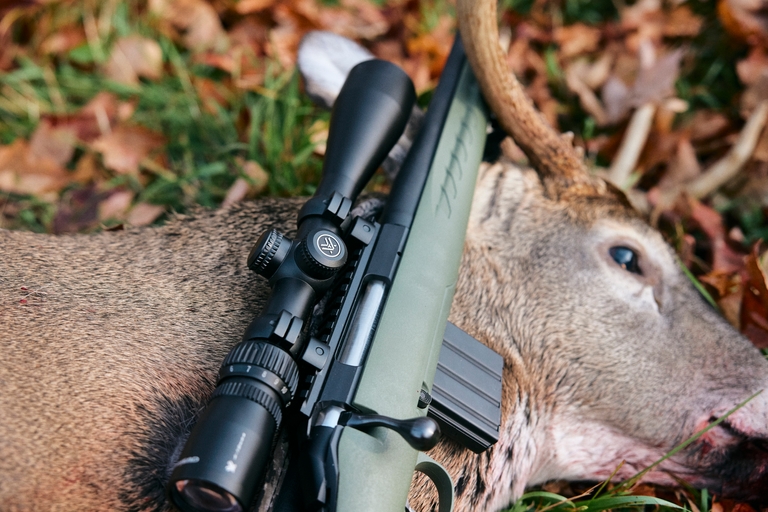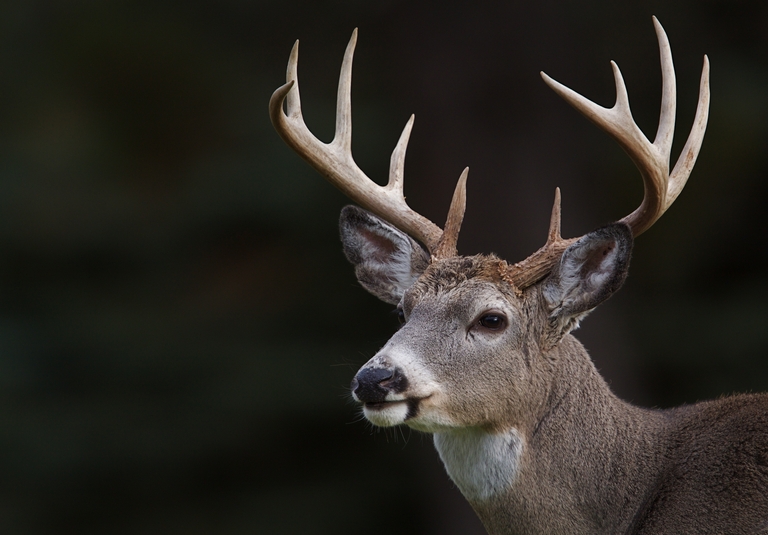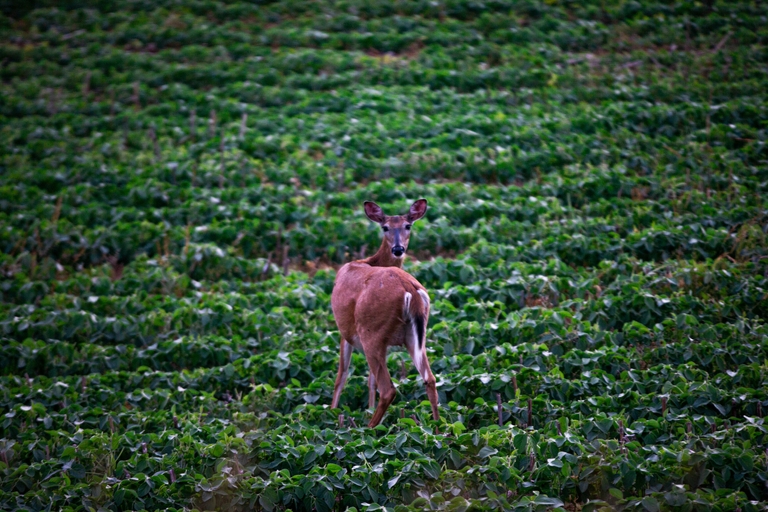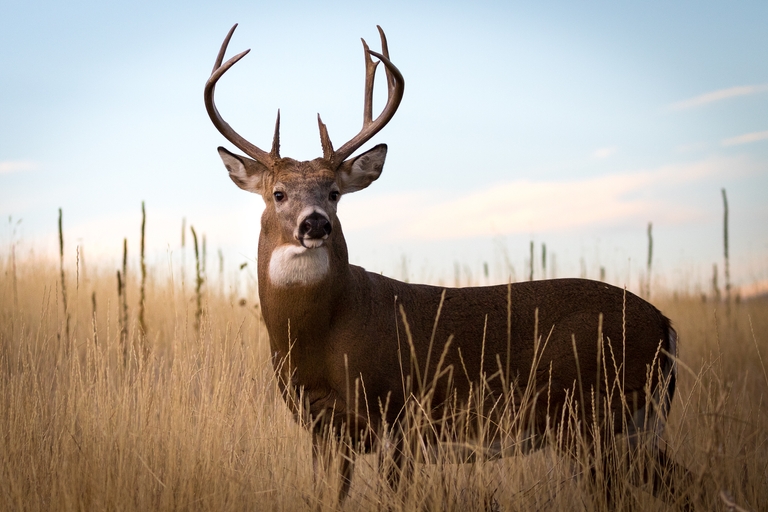10 Hunting Mistakes You Don’t Have to Make This Season
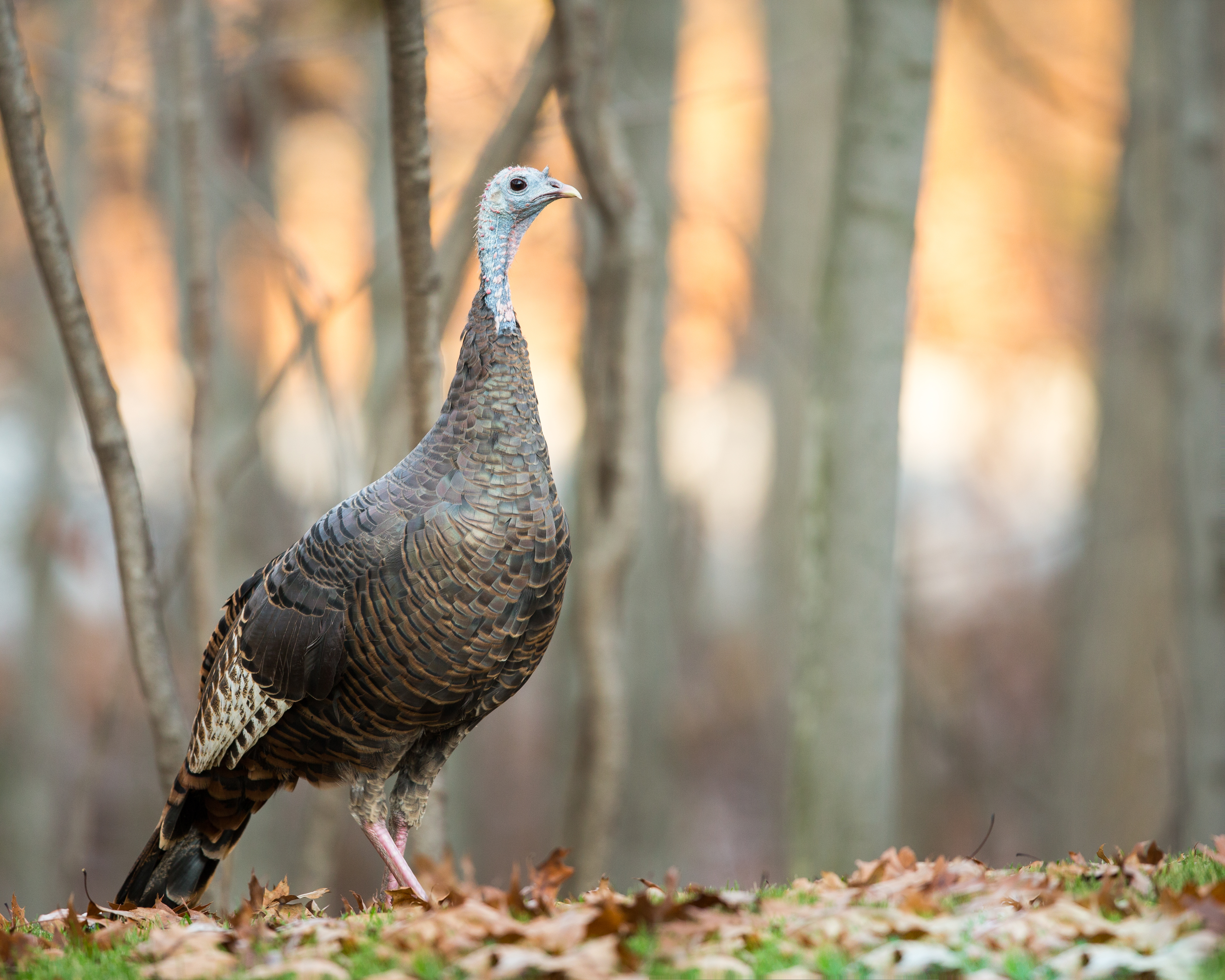
Hunting is a very involved sport requiring all your senses to pursue your game. There is always an element of danger when climbing steep mountains, traversing snake country, or using a firearm or razor-sharp broadhead – all of which add to the adrenalin and need for forethought.
Whether you hunt turkey, whitetail, or ducks, the difference between a successful and disappointing hunt is directly tied to preparation and practice. It's also helpful for hunters to understand (and avoid) critical mistakes that can lead to a hunting accident or missing out on bringing home the game they hunt this season.
What mistakes should you avoid for a successful hunt? While there are plenty to choose from, keep reading for ten common mistakes not to make this season!
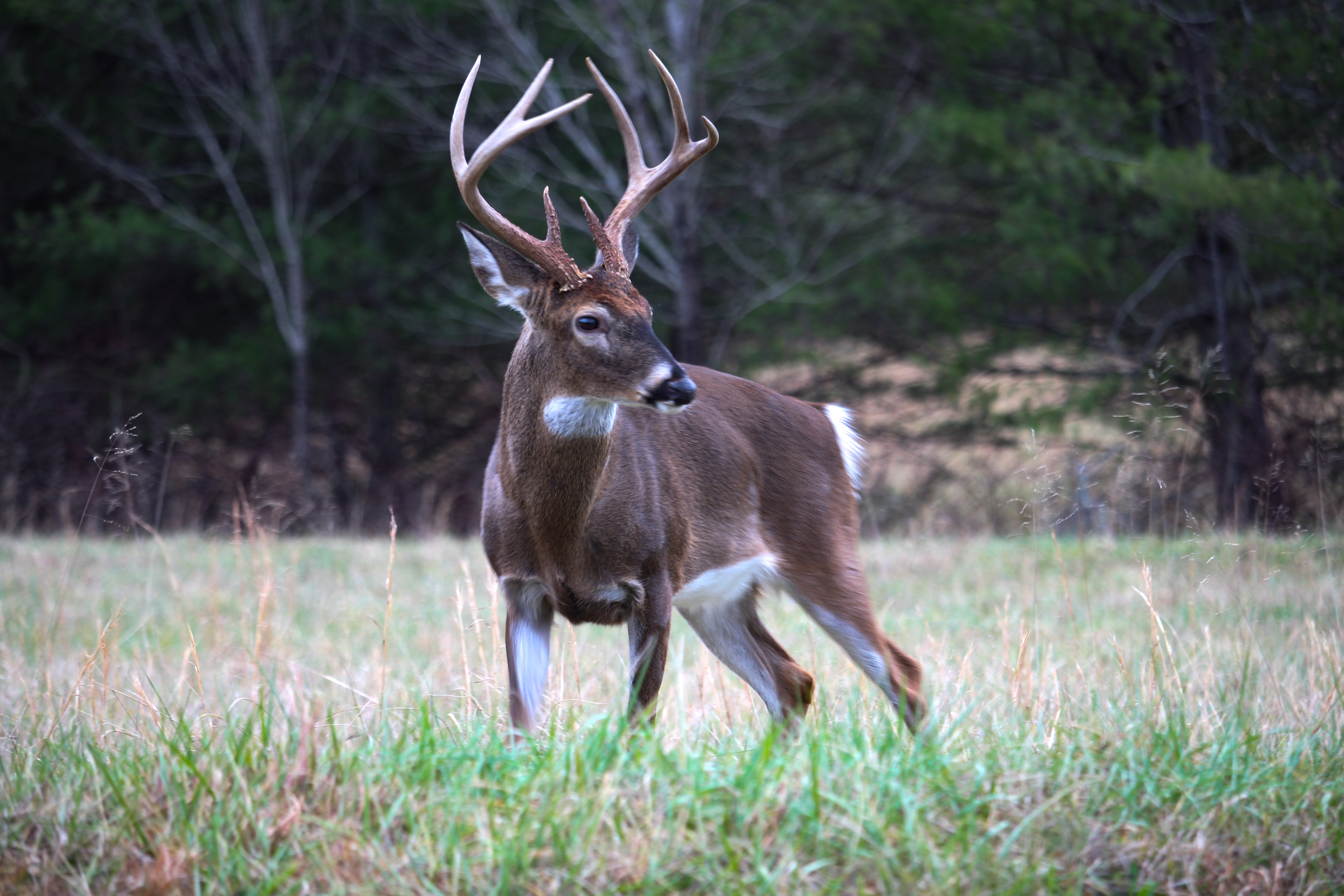
Mistake 1: Mismatching the Ammunition to the Firearm
Not all firearms work with all ammunition. Just because it fits doesn't mean it's the right ammo.
Even if the barrel or bore has the same dimensions as a cartridge (handgun or rifle) or shotshell (shotgun), that doesn't always mean it is suitable for the firearm. For instance, a .270 cartridge will chamber in a .30-06 barrel, but you would be making a life-threatening decision for yourself and others around you if you fired it.
To ensure that you have the correct ammunition before loading a firearm, check close to the rear of the barrel for the manufacturer's data stamp with the specific caliber or gauge and the required length of the cartridge or shotshell. Even before entering the field, double-check to ensure you have the right ammunition by matching the specific caliber or gauge designation on the side of the barrel exactly with the caliber or gauge on the ammunition.
With multiple similar guns in a safe, it's easy to grab the wrong gun or ammunition. Missing this step to double-check the ammunition can result in injury to yourself or someone else and damage to your gun. So, never mix ammunition or carry the wrong ammunition into the field.
Mistake 2: Relying on the Gun's Safety
Whenever you hear about safe firearm handling, using the safety is often mentioned. Using the gun's safety is an essential aspect of avoiding an accidental fire.
However, it is important to remember that firearm safeties can and do fail. So, don't let your guard down even if the safety is on. General wear and tear or accidental movement can release the safety and make you or someone else more vulnerable in the field.
There are four types of safeties hunters should know:
- Cross-Bolt (Hammer and Trigger)
- Pivot
- Slide (Tang)
- Half-Cock (Hammer)
Know where the safety is located on your firearm and how it operates before entering the field. It shouldn't be released until you are ready to shoot.
In the meantime, be sure your muzzle is always pointed in a safe direction in case the safety fails. Keep the four basic rules of firearm safety in mind as an added safety measure.
Mistake 3: Using the Wrong Choke for Your Quarry
Chokes are only used in shotguns. Before you select one, consider what you're hunting and the distance you'll be from your target.
A choke does not alter the speed or distance, but it does help with the shot pattern. Failing to do this can result in missing your target or wounding animals.
Mistake 4: Not Using the Appropriate Position or Stance
The position or stance you take when firing depends on the firearm you're using. Become comfortable with your rifle-firing position or shotgun- or handgun-shooting stance to give yourself the best chance of hitting your target.
Different stances are ideal for different firearms. Consider the following:
- Rifle: The ideal stances are prone, standing, sitting, and kneeling. The safest and most accurate shots are taken from a rest – a log, large rock, or other stable object. Don't rest the barrel directly on a hard surface; it will shoot higher than normal. Put some padding under the rifle, such as a hat or jacket.
- Shotgun: Fire from a standing or sitting position with good balance and enough room to swing the muzzle.
- Handgun: Shoot the firearm at arm's length, mirroring a shotgun stance. Use a tree trunk, steady limb, or other stable object as a rest. Placing some padding, such as a hat or a jacket, on top of a hard rest helps with your aim.
Remember: Practice is key!
Mistake 5: Not Telling Anyone Where You're Going
No one plans to get lost while hunting, but weather and environmental conditions, the excitement of the chase, or the failure of location devices can turn you around.
Before you set out, use an app to get to know the grounds you are hunting, and let someone you're not hunting with know who you're with and where you're going. Telling someone where you plan to hunt will help a search-and-rescue team if you're reported missing.
Mistake 6: Not Using the Right Hunting Strategy
Every experienced hunter knows that if the game gets your scent or sees you first, it could be a long day out in the field without much luck.
So, it's crucial to know the habits of the game you're targeting and pay attention to your surroundings – especially the wind. These factors will help you decide which of these hunting strategies and equipment to combine and use.
- Calling
- Driving
- Elevated stands
- Ground blinds
- Posting
- Stalking
- Still hunting
- Trapping
It may take a combination of these tactics to have a successful trip, so don't be afraid to change things up. With patience, good planning, and some luck, you'll quickly develop a love for hunting.
Mistake 7: Not Properly Identifying Your Target
One of the worst things you can do while hunting is fire at what you think is an animal you want to harvest without making sure it's an animal you want to harvest.
Brush, trees, and grass do a great job of camouflaging animals because animals are designed to be hidden by their environment. However, if you can't see antlers and shoot a doe out of season or without a tag, that's bad. Worse, if you see some brown movement and shoot another hunter, you could be ruining the rest of the hunter's and their family's life, not to mention your own.
Be sure you know exactly what you're shooting, and have a clean, ethical shot before pulling the trigger. Once the bullet leaves the barrel, there's no bringing it back.
Mistake 8: Not Sighting-in Your Rifle or Handgun
Sighting-in is important in determining the accuracy of your shot at specific ranges. Scopes get bumped, and sites can come loose when transporting firearms or storing them after the season.
The practice of sighting-in helps with a variety of core skills and allows you to build confidence in your shooting techniques. You should fire several shots at a target at a known distance before each hunt to make sure your firearm is grouping correctly.
However, remember that field shots will differ from bench rest shots. We recommend that hunters practice different shooting positions to replicate those shots in the field easily.
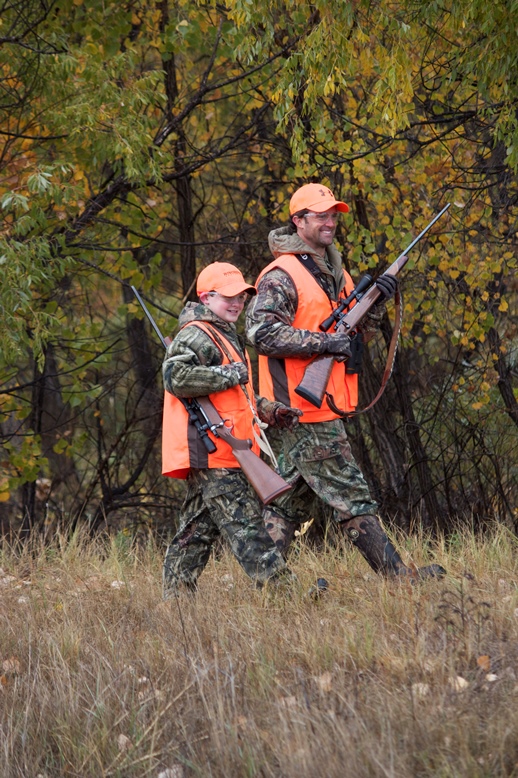
Mistake 9: Not Wearing Proper Clothing
At Hunter-Ed, we're big supporters of blaze orange – the more, the better. In many states, it's required. Wearing hunter orange during your hunt is one of the best ways to stay safe and avoid being mistaken for game.
You'll also want to tailor your clothing choices for the climate you'll be in and plan accordingly for temperature changes. In warm weather, stick to light clothing. During the fall and winter months, layers will keep you insulated and comfortable because you can shed them and add them back as you hike or the temperature changes.
A good layering system looks like this:
- First: Vapor transmission layer (polypropylene material)
- Second: Insulating layer (Wool is the best choice)
- Third: Protective outer layer
Don't forget about your shoes. They must be reliable, support your ankles and knees, and be sturdy enough to endure the terrain. Also, a hat or cap with earflaps, gloves, and two layers of socks (polypropylene against the skin and a wool outer layer) are essential in cold weather.
Mistake 10: Hunting Negligence
Guidelines govern the hunting grounds within each state, and they can change from season to season. As a responsible hunter, staying informed about regulations changes, hunting seasons, and enforcement is important.
Game wardens or conservation officers can approach you at any time, and they are responsible for protecting hunters and their resources. They also have the authority to report violations with consequences that vary in severity from citations to fines, forfeiture of firearms, license revocation, or even jail time.
Carry your hunter's education certificate and hunting permit or license at all times, and respect the land and game to avoid consequences.
Avoid Dangerous Mistakes With a Hunter-Ed Safety Course
We've covered ten common mistakes hunters make that can lead to dangerous hunting situations. Still, there are plenty more mistakes to be made when hunters don't have proper hunter safety education.
Learn the safety insights you need to stay safe throughout every hunting situation when you take a state-approved course through Hunter-Ed. Our online courses teach hunters the importance of planning and preparation before a hunt, transporting firearms, survival skills, hunting strategies, and more. Find your state's course and get certified before opening day!
Happy hunting, and stay safe out there!
Originally published November 6, 2013. Content updated November 13, 2023.

